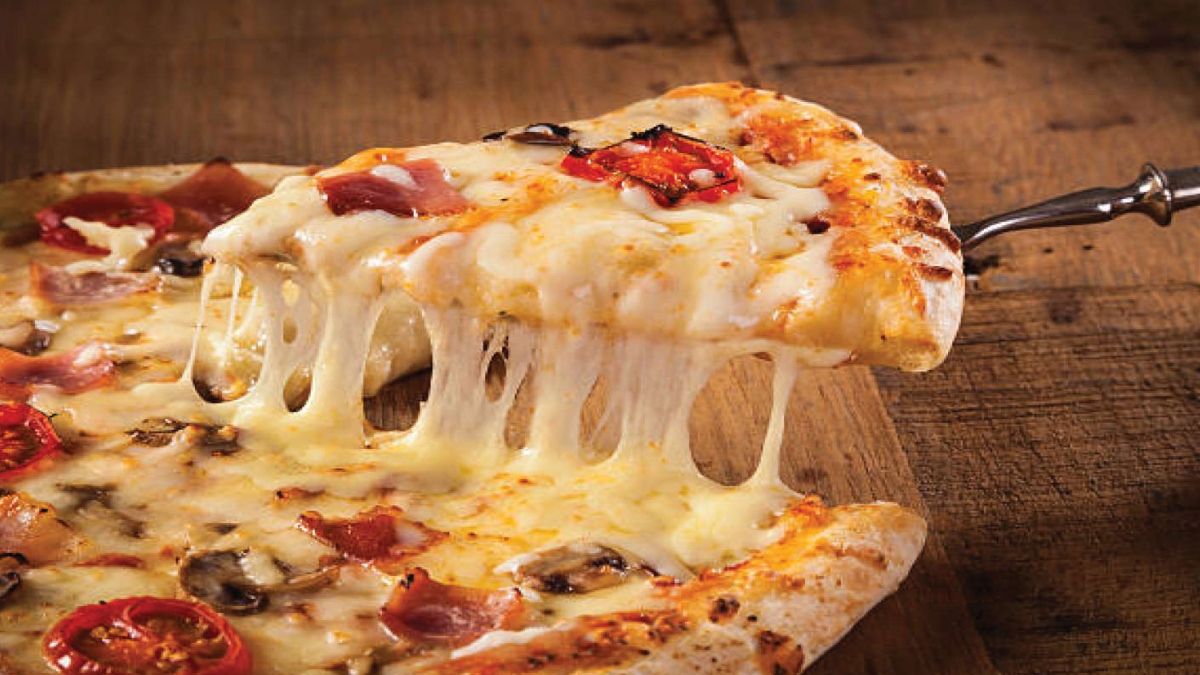
Long ago, before the dawn of the selfie age, cameramen used to instruct the group being photographed to say ‘cheese’ to make the subject’s lips break into a forced happy smile. That was the closest contact that many Indians made with edible cheese. Even those who were anglicized and liked their sandwiches with slices of cheese were restricted to processed cheddar that came in small round tins. This was the stuff that was grated and spread over macaroni and baked vegetables (to melt in the oven).
However, there always has been a minuscule minority of cheese snobs who talked of other cheeses, more expensive and exotic. French blue cheese like gorgonzola (that had blue veins), Roquefort, Gruyere and harder cheeses like edam, gouda, parmesan, and the rest. They remembered nostalgically when they could enjoy to their heart’s content, different varieties of cheese, with crackers at breakfast or opt for the non-sweet dessert course of a cheese platter post-dinner.
It was not only the French cheeses but the Swiss cheeses with holes that had made themselves familiar to the audience of comic-reading kids. Wedges of Swiss cheese were encountered more often on the TV screens where Jerry the mouse would be seen scheming to steal cheese from the mouse trap set by his arch-nemesis Tom on the dining table. Of course, in classier fine dining restaurants, the ‘continental’ chefs took delight in showing off their skills with tabletop fondue cooking. Feta cheese made with a strictly prescribed mixture of ewe and goat milk is increasingly popular with health-conscious salad eaters. Non-dairy cheeses prepared with oil seeds have been created for the increasing tribe of vegans.
For the majority of Indians, cheese has meant paneer (aka cottage cheese often confused with cream cheese). It is only in recent years that Indians have also tasted cheesecakes and other varieties of cheese traditionally made in India in Himachal Pradesh or among the Parsi communities like (Kalari and ‘Topi wala’ cheese). Chenapod is a traditional baked cheesecake in Odisha that has for centuries been offered to Lord Jagannath at Puri.
Most Indians have unquestioningly accepted that cheese, much like many other goodies, was brought to India by the Portuguese or Dutch as Hindus considered curdling milk as inauspicious.
It is very difficult to concede the claim that cheeses were unknown to Indians before the advent of Europeans. How on Earth can anyone explain a Bhutanese dish like Ema Datshi (molten cheese and chilis) hidden in the hard-to-reach heart of the Himalayas was terra incognita till the 1960s.
It remained forbidden to ordinary travellers and traders for decades after that. Obviously, the cheese made with Yak milk and highly pungent local chilis owes nothing to the much-hyped Columbian exchange. Another cheese that has traditionally been prepared and relished from Yak milk all the way from Ladakh to Arunachal Pradesh is called Churpi. It is a hard toffee-like substance that keeps the mouth moist and the jaws working. Even if one keeps Chenna out of this controversy other Indian cheeses like kalari from Himachal Pradesh can legitimately claim to be a child of this soil as perhaps can the Kashmiri Chaman. Other Indian cheeses like Bandel and Topi Wala Cheese are certainly adaptations and improvisations of the French or the Dutch Cheese theme.
Cheese is widely used in Mediterranean, Central Asian and Turkish cuisine. Milk was curdled in leather bags and the cheese so obtained was pressed to drain off moisture, matured, smoked and flavoured.
A turning point in the cheese story came in India when western fast food entered India and proliferated in all corners of the subcontinent with great speed. Mcdonalds’ was the first chain to insist on quality standards for the cheese supplied to them. They were large enough a buyer for the cheese makers in India to clean up their act and strive to become the chief vendor.
The same happened when Pizzas — Pizza Hut, Pizza King and Dominos — lured the younger generation of Indians with seductive extra-cheesy toppings and cheese-filled crusts around the rim. Mozzarella came on its own and Amul the legendary milk cooperative started producing it. Likewise when Italian pastas of different sizes shapes and flavours were included in the menus of speciality restaurants drizzling of hard Parmesan became another acquired taste.
In recent years, with growing affluence among the urban elite cheeses like wines, have become aspirational. They are symbols of an exclusive exotic delight to the masses – privileges of like, special status symbols. Many Indians, past middle age suddenly are drawn towards golf and cigars. A platter of cheese to be paired with wines or a cheese platter as an option for dessert is a clearly discernible emerging trend.
It is on this cheese platter that one finds the more expensive and the more exotic sharp smelling and sharp-tasting French blue cheeses. However, few Indians have the stomach to try the maggot-infested Casu martzu or the crawling cheese from the Italian island of Sardinia. Because the larvae in the cheese can launch themselves up up to 6 inches when disturbed, diners have to hold their hands above the cheese to prevent the maggots from leaping away!
The turn of the century witnessed the advent of the artisanal cheese makers, mostly in hill stations or in areas where Europeans have settled for generations like Kalimpong, Pondicherry, Ooty and Bhimtal. Some like Mansoor Khan, director of Bollywood hits like Qayamat Se Qayamat Tak took a break to pursue their passion. Khan moved to Coonoor in 2003, to start making Gouda, Colby, and other cheeses. In Pune, ABC Farms’ has been producing versions of Gorgonzola, Cheddar and mozzarella for over three decades now. They supply tonnes of cheese a month, to leading five-star hotels in Mumbai and Pune.
The Indian Cheese story continues to be written.
Pushpesh Pant is an Indian academic, food critic and historian.